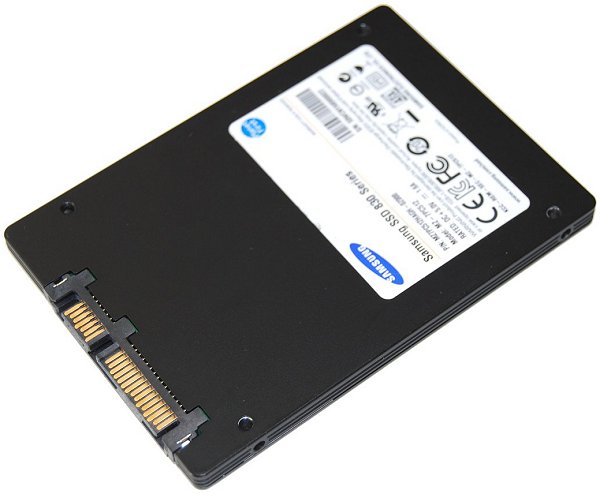Samsung 830 Series in Detail
Samsung will offer four versions of the 830 Series that range in capacity and include 64GB, 128GB, 256GB and 512GB models. All four feature the same 520MB/s read performance, but writing speed goes down as you shrink the drive's capacity. The larger 512GB and 256GB versions claim write throughput of 400MB/s, the 128GB version is slower at 320MB/s, and the 64GB model spec indicates just 160MB/s, making it half as fast as the 128GB version.


The new 830 Series SSDs receive a new Samsung S4LJ204X01-Y040 controller. This purportedly 3-core ARM-based controller supports the SATA 6Gb/s interface and can also be paired with the latest 20nm NAND flash memory.


The 470 Series featured a pair of 128MB Samsung DDR2-667 cache chips for total cache capacity of 256MB. The 830 Series is also equipped with a 256MB cache but using a single chip, Samsung has used their own DDR2-800 (K4T2G314QF-MCF7) memory.

Our 512GB review unit carried Samsung NAND flash memory labeled K9UHGY8U7A-HCK0. This memory is fabricated using 20nm tech, in total there are 8 chips with each IC having a massive 64GB density. The drive uses a thin 7mm chassis that will fit most modern ultraportables that require it.
Samsung claims a MTBF of 1.5 million hours and 1500G shock resistance. This is a typical estimate that most manufacturers label their SSDs with.

Like all SSDs the 830 Series is meant to be very power conservative. At idle all four models use 0.078 watts and a mere 0.127 watts when active according to spec. The active power rating is amazing as compared to most other SSDs that use between 2 and 4 watts of power. however early tests performed by Anandtech seem to contradict Samsung's claims. The Samsung 830 Series drives measure 100 x 69.85 x 7mm and weigh 62.5 grams. The drives are backed by a limited 3-year warranty.
